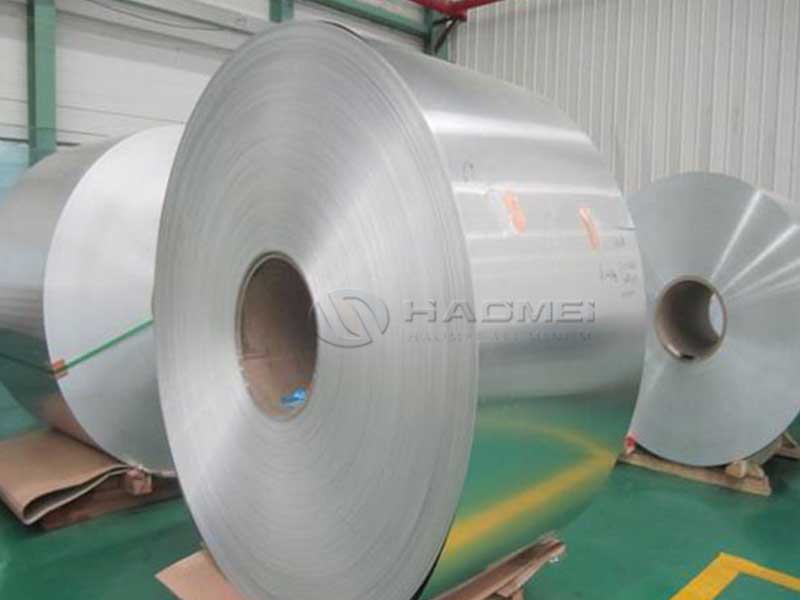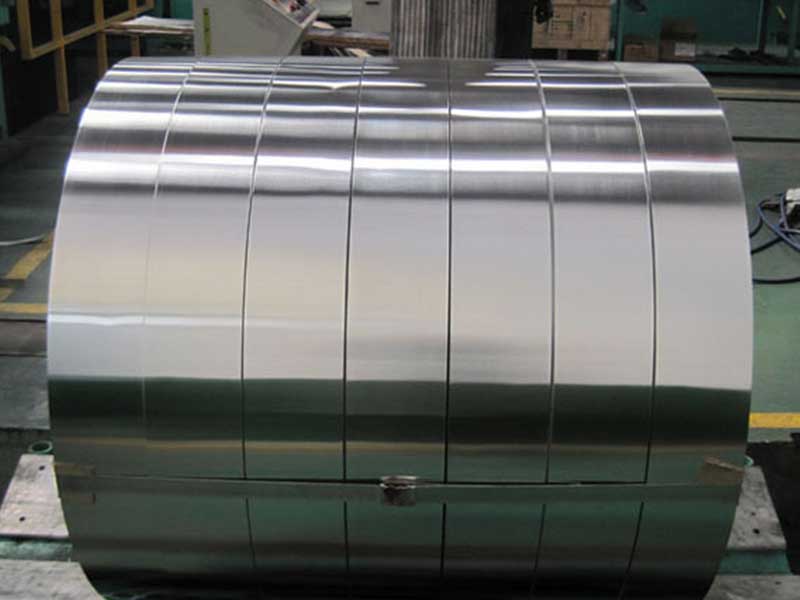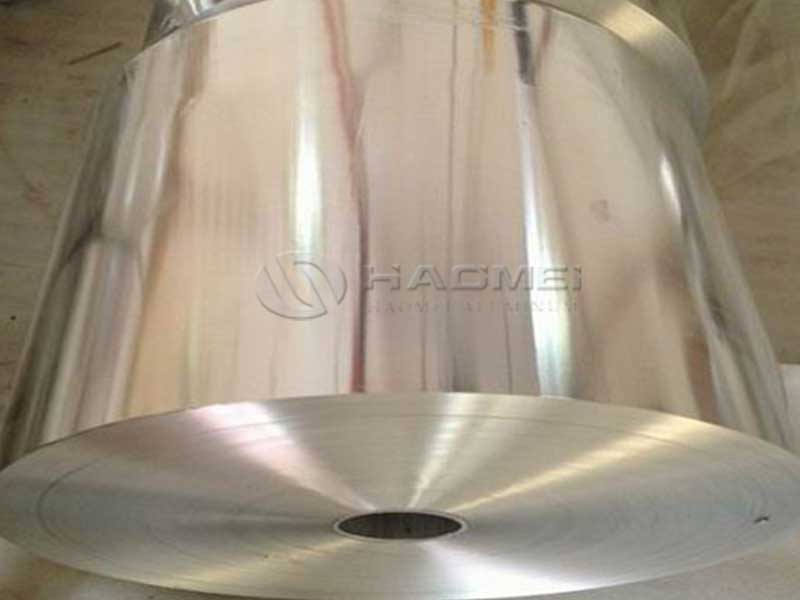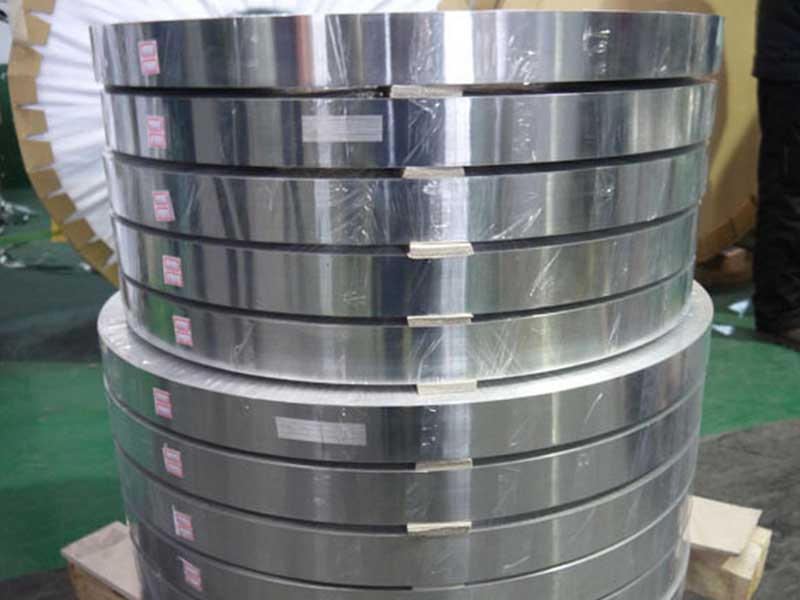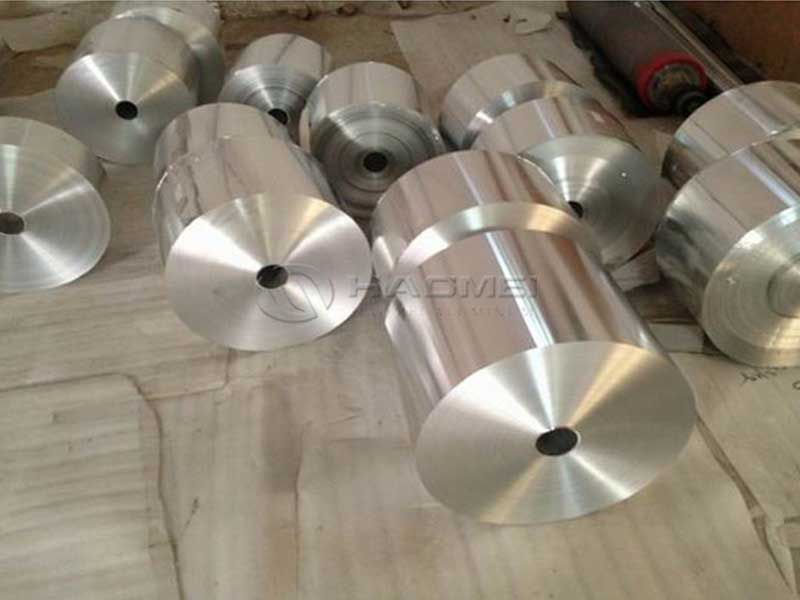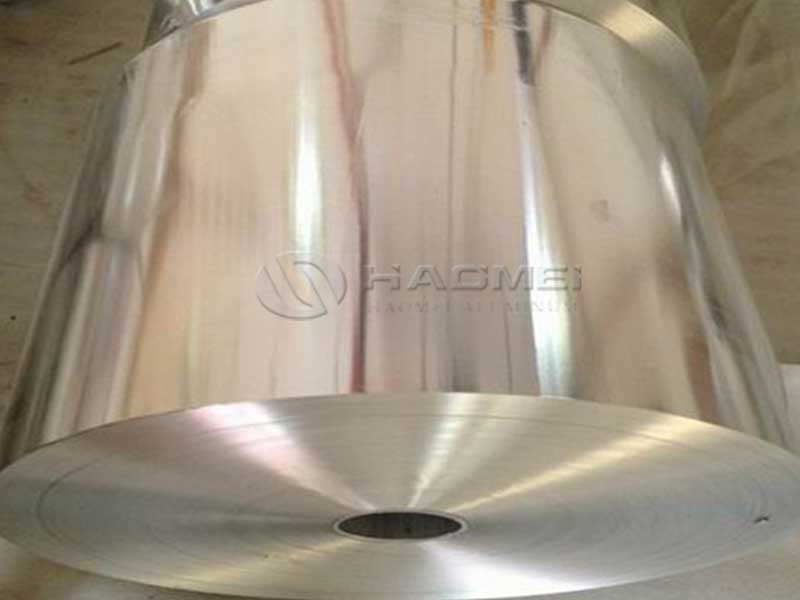OEM Custom Aluminum Plate Fin Auto
As automotive design philosophy continues to advance, the choice of materials and components grown all the more critical. Among the unsung heroes of automotive efficiency is the OEM custom aluminum plate fin auto. These finely engineered components not only enhance thermal management but also contribute to weight reduction, an essential factor in improving fuel efficiency. Let's inspect this unique product from a technical standpoint and illuminate its multifaceted applications across the automotive landscape.
What is an OEM Custom Aluminum Plate Fin?
At its core, the OEM custom aluminum plate fin is a highly specialized heat exchanger component optimally forged from aluminum. Unlike traditional heat exchangers, which may employ copper or steel, aluminum offers a combination of lightweight characteristics and high thermal conductivity. Plate fin designs utilize a series of alternating fins and plates, maximizing surface area while minimizing weight—the quintessential goals for high-performance automobiles.
As a technician working with aluminum foil production, the concept of an OEM custom aluminum plate fin auto is intriguing, primarily due to its potential implications for heat exchange optimization within our manufacturing processes. While we don't directly use plate fin heat exchangers in foil production (our heat treatments are typically more basic), I see the precision and customization offered by such a system as valuable for future upgrades. For instance, more efficient cooling of rollers or annealing furnaces, which are crucial to maintaining consistent foil quality, could drastically reduce energy consumption and improve production yields. The ability to specify fin geometry and materials for optimal heat transfer tailored to our specific equipment would be a significant advantage over standardized solutions.
The precision machining and tight tolerances inherent in "OEM custom aluminum plate fin auto" design also resonate with our quality control standards for foil production. The consistent and predictable performance of a customized heat exchanger aligns perfectly with the need for stable and uniform process parameters. However, a potential challenge I foresee lies in the initial investment and integration complexities. Implementing such a sophisticated system requires careful planning and collaboration with the OEM to ensure seamless integration into our existing infrastructure. Thorough testing and validation would be crucial to confirm the claimed performance benefits and prevent unexpected downtime.
The Functions of Aluminum Plate Fin Designs
-
Enhanced Thermal Performance The foremost function of an OEM custom aluminum plate fin is its ability to dissipate heat efficiently. This is crucial for engine cooling systems, intercoolers, and HVAC applications within vehicles. The large surface area created by the fin configuration allows these systems to expel excessive heat, thereby maintaining optimal operational temperatures. When coupled with a custom design, manufacturers can tailor the thermal performance to specific vehicle needs, resulting in improved efficiency.
-
Weight Reduction The automotive industry is constantly on the lookout for ways to reduce vehicle weight to enhance performance without compromising safety. Aluminum plate fins are generally less dense than many traditional materials, making them effective substitutes. A lower overall weight in vehicles directly correlates to EPA fuel efficiency measures, allowing manufacturers to meet stringent regulations while delivering top-notch performance.
-
Corrosion Resistance Modern OEM aluminum plate fins frequently undergo anodization or other protective treatments, ensuring longevity and durability against corrosive environments. This stands in stark contrast to steel components which may oxidize under similar conditions. Aluminum’s innate resistance to corrosion guarantees that these components maintain their integrity and efficiency over time—even in the face of extreme operating conditions.
Applications Across the Automotive Spectrum
The versatility of custom aluminum plate fin designs expands into numerous vehicle applications, each requiring specific functionality:
-
Engine Cooling Systems In engines, these components are tasked with transferring heat away from vital engine parts. By dispersing heat, they enable optimal functionality and mitigate risks of overheating, which can significantly damage core components.
-
Hybrid and Electric Vehicles With the rise of hybrid and electric technologies, the demand for effective thermal management solutions increases. High-performance batteries generate substantial heat, necessitating efficient cooling through advanced heat sink solutions like the aluminum plate fin. The lightweight nature of aluminum makes it even more attractive for electric vehicle (EV) designs, which prioritize energy efficiency.
-
Turbocharger Systems Turbocharged engines produce considerable thermal energy, and aluminum plate fin designs facilitate effective heat exchange, ensuring core components operate within safety margins. This contributes toward maximizing boost efficiency, ultimately translating into higher performance vehicle dynamics.
-
Air Conditioning Systems Within vehicle HVAC systems, custom plate fin designs are integral in achieving efficient climate control. The unique fin layout maximizes cooling while minimizing resistance to airflow, essential for passenger comfort.
https://www.al-alloy.com/a/oem-custom-aluminum-plate-fin-auto.html


